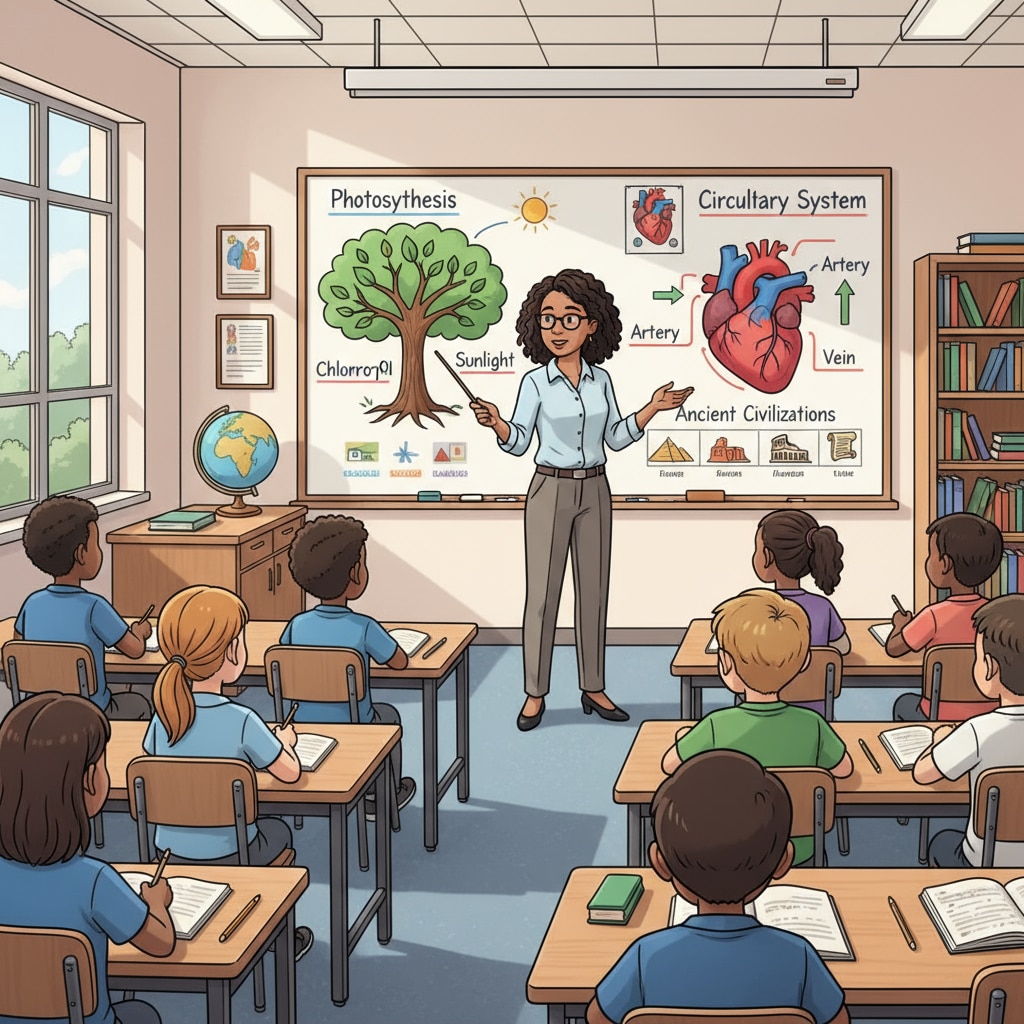Lectures, attention, and self-study are crucial elements in the educational journey of K12 students. In the realm of K12 education, a significant debate exists regarding the optimal way to learn: through traditional classroom lectures or self-directed study. Each approach has its own set of advantages and disadvantages, and understanding these can help students find the most effective learning balance.
The Power of Classroom Lectures
Classroom lectures are a staple in K12 education. They offer a structured way of delivering information. Teachers can present complex concepts in an organized manner, breaking them down into digestible parts. For example, in a history lecture, a teacher can chronologically present events, making it easier for students to understand the context and significance. This structured delivery can enhance students’ attention as they follow a clear narrative. Moreover, lectures provide an opportunity for immediate interaction. Students can raise questions on the spot, and teachers can clarify any misunderstandings right away. Why Lectures Still Work in the Classroom

The Benefits of Self-Study
Self-study, on the other hand, allows students to take control of their learning pace. They can spend more time on topics they find difficult and breeze through those they already understand. This flexibility is a great advantage. Additionally, self-study encourages independence. Students learn to research, analyze, and draw conclusions on their own. For instance, when researching a science topic, they can explore various sources and form their own understanding. It also helps in developing self-discipline, as students need to set their own study schedules. How to Help Your Child Develop Self-Study Skills

However, each method also has its drawbacks. In lectures, it can be challenging for some students to maintain attention throughout. The one-size-fits-all approach may not suit everyone’s learning style. Some students might get bored or distracted, especially if the delivery is not engaging enough. In self-study, students may lack the guidance of an expert. They could misinterpret information or miss out on important concepts.
To find the best balance, students should consider their learning styles. Visual learners might benefit more from lectures with visual aids, while kinesthetic learners could incorporate hands-on activities during self-study. By understanding their strengths and weaknesses, students can make informed decisions on when to rely more on lectures and when to focus on self-study.
Readability guidance: The article uses short paragraphs to clearly present ideas. Each H2 section provides a list of key points. The passive语态 is kept to a minimum, and transition words like “however”, “moreover”, and “additionally” are used to enhance the flow.


